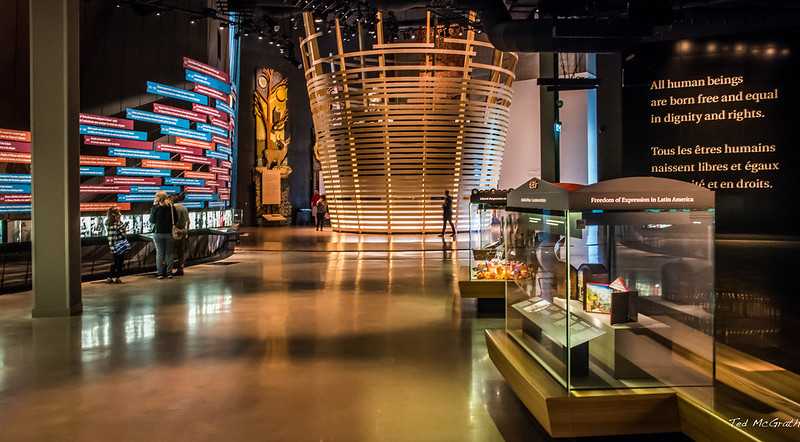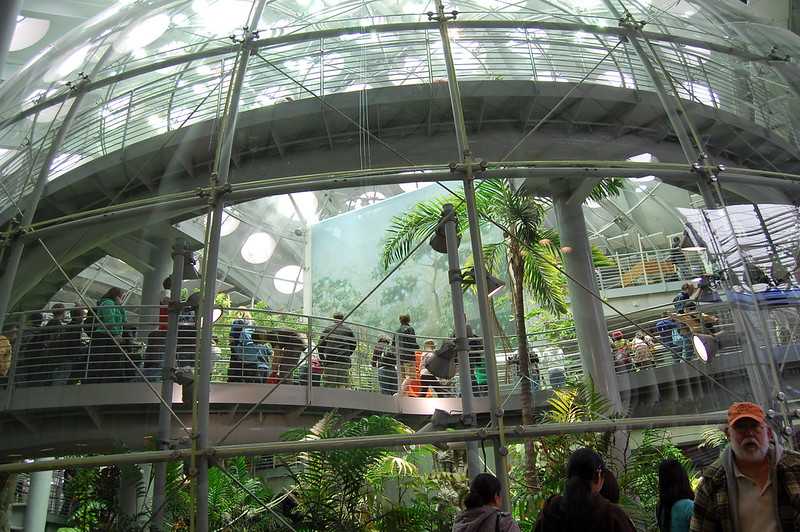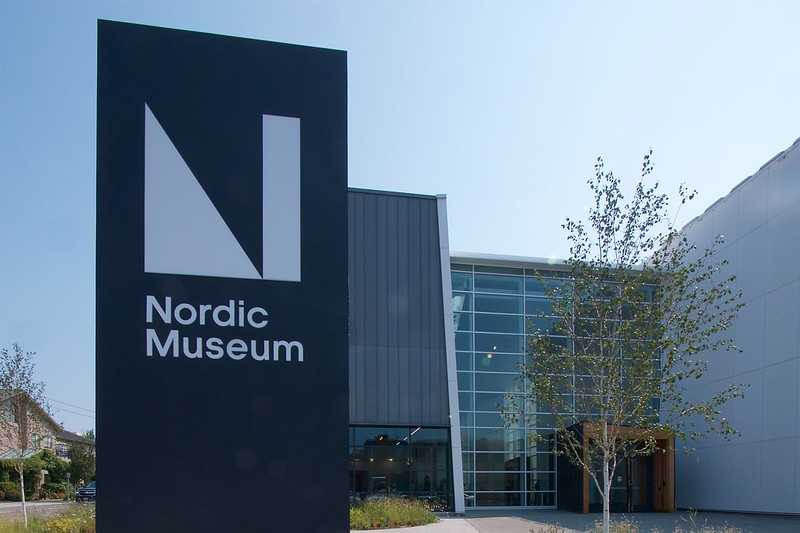
IMT is committed to decarbonizing all buildings, and we recently spoke to Joyce Lee, WELL AP, LEEP AP, BEMP about an article she cowrote on improving museum building performance. Currently, she is head of the green health practice at IndigoJLD and chairs the American Alliance of Museums Environment Climate Network. Prior to this work, she served as Chief Architect at New York City Office of Management and Budget. She also did an earlier blog with IMT on this topic.
What is your personal interest in museums?
While I was working for New York City I had the privilege of working with a number of the museums there, and I really enjoyed the opportunity to help institutions grow and flourish. When my family moved to Michigan, I sat on the board of an art museum. In that role, I, along with other trustees, had a fiduciary duty to review expenses. I saw the size of their energy expenditures, and decided it was something we might be able to reduce. The Treasurer and I found through our data research that it is common for museums to be energy intensive and inefficient. We started to explore what we might do to improve things. From my work in New York City during the Bloomberg Administration—which established strong building benchmarking laws—I knew that there was data that could tell us objectively how to compare the museum’s performance to others. That initial experience really launched me into a much larger project over the past four years to build awareness of this issue within the museum community and help them to put intent into action.

Why do museums matter to decarbonization?
There are 35,000 museums in the country and they are economic engines in many communities, as well as trusted educational partners. This means people pay attention to what museums do, and these trusted institutions are positioned to influence others locally, regionally, and beyond. Most museum leadership also see the value of the Paris Agreement, and can—and should—model action.
Yet, in an article I wrote a few years ago, our team showed that many museums have a higher energy intensity use (EUI) than skyscrapers or hospitals. Many operational practices stem from decades ago. It could be seen as wasteful from both an environmental and economic perspective—especially because we have the knowledge to fix this, as I explained in, “Cultural Heritage and Museums—Mind the Gap.”

What are the biggest barriers to museum efficiency?
One of the biggest challenges is that museum staff are spread thin. They don’t usually have sustainability directors to help the employees focus on this issue. Additionally, museums have a diversity of spaces because they range from, say, an airplane hanger, to a historic home, and sometimes they contain collections with a variety of energy needs all in one building. This can be difficult to manage in terms of knowing what category of energy use to use for comparison. Furthermore, right now these institutions are primarily concerned with economic recovery, since the pandemic dramatically cut visitors and events, which provide critical revenue streams. At the AAM, we recently led a Climate Week program to include resiliency to address the challenges.

How can museums overcome these barriers?
As the world is reopening, it is a huge opportunity to use this moment to rethink what the future could be rather than returning to business as usual. ENERGY STAR Portfolio Manager and ARC are widely used tools within the buildings sector that can help museum staff understand their current operational use patterns and develop an action plan. A lot of the diversity of space issues are solvable with special geometry, functional use and operational hours analyses. Our firm now has the support of several museum associations to investigate this kind of work further and to promote solutions.
The basic task of gathering data is not a capital project. It does require staff time and education, but the tools are free and we have best practices of how to do this so no one needs to start from scratch. [See ESPM and ARC references] However, funding is still critical, especially to ensure staff sets aside time or contract out to make improvements. I would like to raise the awareness in the philanthropic community that supports museums. Museums thrive in a climate-stable environment, and they also may reap operational savings from performance improvements. Resources not used on energy bills can go towards mission driven programming. It is a great return on investment of the gift and donations.
Which museums are leading the way?
The Exploratorium in San Francisco is really innovative. They have solar panels sized for their use, and when they closed during COVID, they were able to be net positive in terms of power produced by those solar panels. The Phipps Conservatory in Pittsburg is another good example. It has received LEED Platinum and Living Building Challenge certifications and has hosted innovative programs on energy conservation. Abroad, we see some museums crafting solid plans toward Net Zero, such as those in the United Kingdom. The Australian Museum in Sydney has become carbon neutral after years of hard work. Those commitments are valuable because these institutions provide lessons learned to peers and other smaller institutions.

Why does climate matter to museums?
At the AAM, we understand the danger climate change presents to cultural preservation. We are fortunate to collaborate with the National Museum Directors Council in the UK, International Council of Museums Sustainability Working Group and the National Nordic Museum to host “On the Front Line: Arctic Museums and Climate Change” during COP 26. We also hosted a virtual symposium on November 2. By putting a spotlight on the Arctic Circle where multiple countries have a presence, we see how heritage is on the front line and how collaboration is critical for the cultural sector to thrive in the next century. Museums have a tremendous opportunity to lead the way on protecting cultural heritages by taking the lead on building energy use reduction. I believe that if more museums invest in building performance, it will have a tremendous impact on the rest of the building industry and on the way we think about climate and culture.

